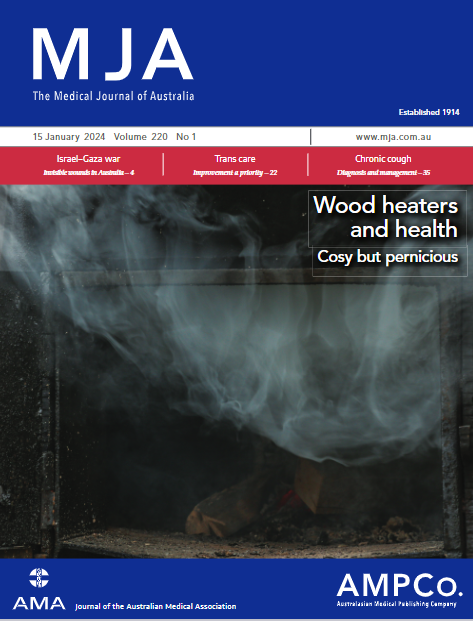To estimate changes in the incidence of clinically diagnosed type 2 diabetes in Australia, overall and by age, sex, socio-economic disadvantage, geographic remoteness, and country of birth.
Population-based study; analysis of National Diabetes Services Scheme (NDSS) data (age–period–cohort models).
Data were extracted for incident cases of type 2 diabetes, 1 January 2005 to 31 December 2019, in residents of the Australian Capital Territory, New South Wales, Queensland, and Victoria aged 20 years or older registered with the NDSS. The numbers of people at risk were obtained from the Australian Bureau of Statistics.
Changes in the incidence of type 2 diabetes, 2005–2019, by age, postcode-level socio-economic disadvantage (Index of Relative Socioeconomic Disadvantage) and remoteness (major city, inner regional, outer regional/remote/very remote), and country of birth, stratified by sex.
During 2005–2019, 741 535 people aged 20 years or older with incident type 2 diabetes were registered with the NDSS; 421 190 were men (56.8%). Overall, the incidence of type 2 diabetes increased with age (until about age 70 years) and socio-economic disadvantage for both sexes; it was higher in inner regional areas than in major cities or outer regional/remote/very remote areas during 2005–2015, but highest among people in major cities after 2015. The age-standardised incidence of type 2 diabetes increased during 2005–2010, both among men (annual percentage change [APC], 4.4%; 95% confidence interval [CI], 3.6–5.2%) and women (APC, 2.9%; 95% CI, 2.2–3.7%); it declined during 2010–2019 among both men (APC, –5.2%; 95% CI, –5.4% to –4.9%) and women (APC, –6.5%; 95% CI, –6.8% to –6.2%). In general, similar patterns (but of differing magnitude) applied to all age, sex, socio-economic disadvantage, and remoteness groups. However, the incidence of type 2 diabetes increased during 2011–2019 among people born in Asia, North Africa and the Middle East, and the Pacific Islands.
The incidence of type 2 diabetes in Australian adults declined during 2010–2019 across all age, sex, socio-economic disadvantage, and remoteness groups, but increased among people from Asia, North Africa and the Middle East, and the Pacific Islands.



